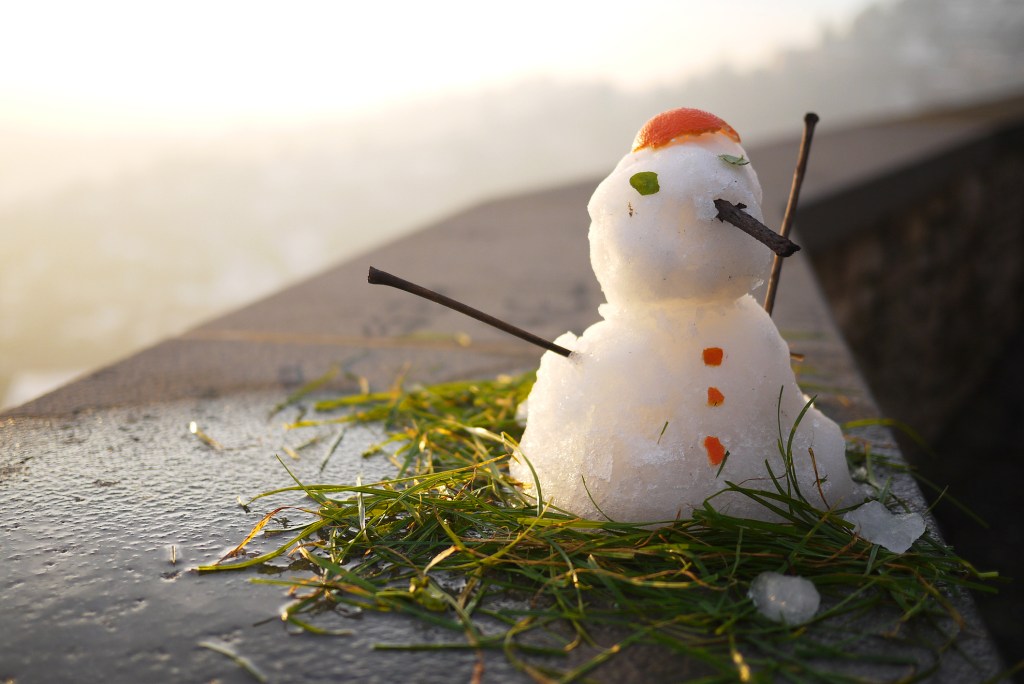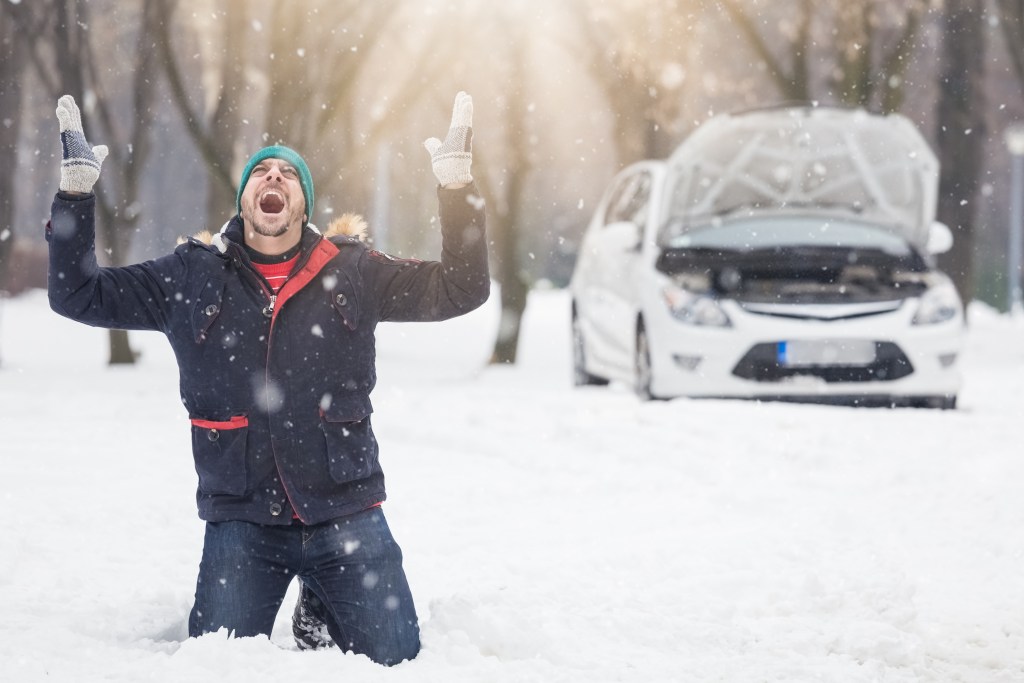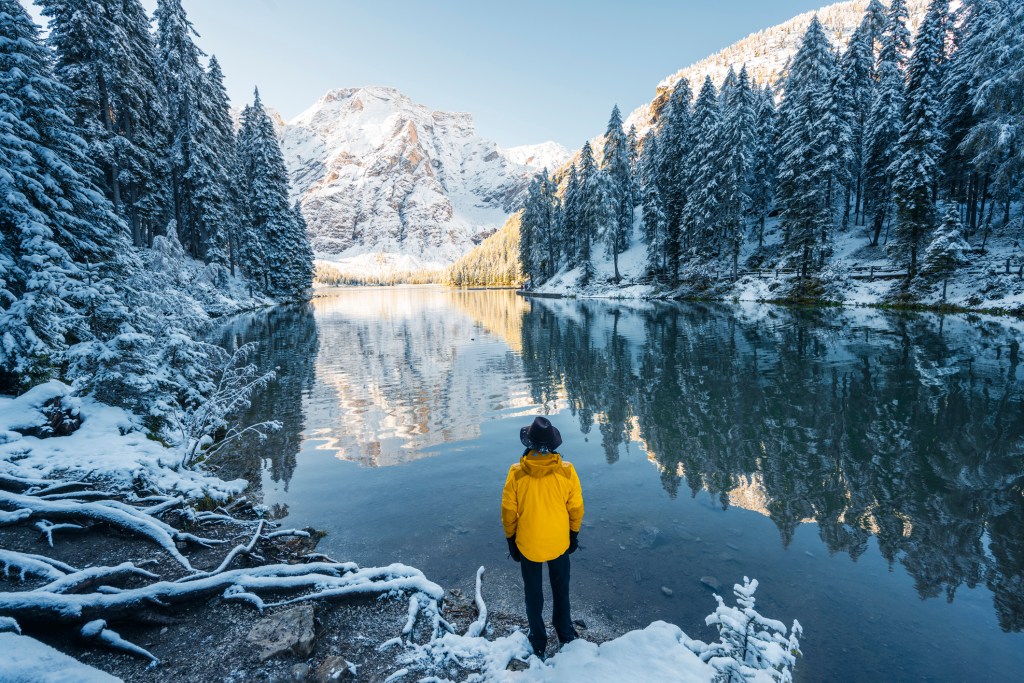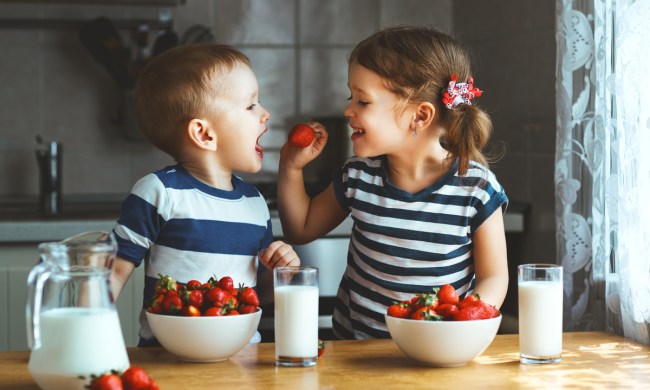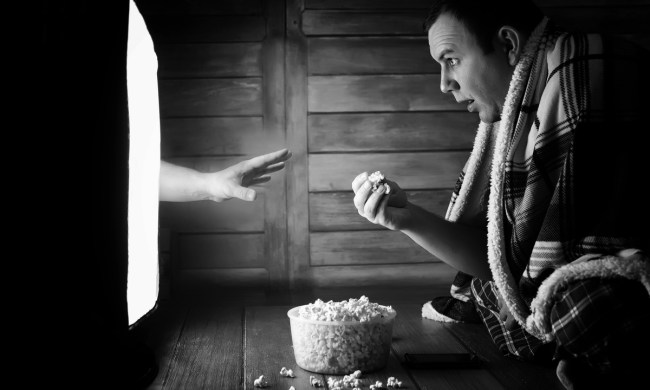If you read or listen to reports on climate change, even casually, you’re aware that our planet is warming at a dramatic rate due to increased greenhouse gas emissions. You’ve also probably seen coverage of the increased wildfires, droughts, and hurricanes that experts say are directly related to our changing climate. It’s easy in the sweltering heat of summer to think about the implications of a planet that’s experiencing increasing average temperatures. But what about winters? Here’s what you need to know about how climate change is affecting winters in the U.S.
Seasons are changing
Winters are getting warmer across the U.S. — a trend that’s been going on for quite some time. “Analyses by NOAA indicate that nearly the entire country has experienced a wintertime warming trend during the past century or so, with the greatest warming trends across the northern states. Winter has been the season with the greatest rise in air temperatures,” says Michael Notaro, associate director of the Nelson Institute Center for Climatic Research at the University of Wisconsin-Madison.
In addition to being warmer, winters are also getting shorter, leading to an earlier spring in much of the country, with some cities experiencing spring arriving as much as 18 days earlier now compared to 1981.
“As with the other seasons of the year, winters in the U.S. are trending warmer,” says Paul Ullrich, professor of Regional and Global Climate Modeling at the University of California, Davis, and faculty scientist at Lawrence Berkeley National Laboratory. “This has meant that those weeks at the periphery of winter are now more like fall or spring. As annual snow accumulation has declined, the growing season has grown longer across the U.S. Climate change can be implicated directly in these changes. These warmer temperatures are the direct result of accumulating greenhouse gases in the atmosphere.”
Don’t bury the snow shovels
Warmer and shorter winters don’t necessarily mean relief from shoveling snow and scraping ice off the car. While winter snowfall has been decreasing across the central states over the past 50 years, it’s been increasing across the northern states, according to Notaro.
How can snowfall be increasing if temperatures are warming, you might ask? Notaro explains that if winter temperatures are higher in mild locations that are normally close to freezing, such as the central U.S., precipitation will often fall as rain instead of snow as temperatures go above freezing. But that’s not the case for regions where temperatures generally fall below freezing.
“For extremely cold climates, when temperatures are far below zero, precipitation falls as snow and is light, fluffy, and with little liquid equivalent. Very cold air can hold little moisture,” says Notaro. “If you raise the temperature but still remain below freezing, then heavy snowfall liquid equivalents can occur. For example, warming in Canada should lead to greater snowfall as the atmosphere can hold moisture while still being cold enough for the precipitation to fall as a solid.”
Warming temperatures also increase lake effect snow, something that particularly affects the Great Lakes region. Lake effect snow is caused by cold air traveling over warm water, and the bigger the temperature difference, the more snow that falls. According to a recent report, all five of the Great Lakes have been one to two degrees above normal since October, which could fuel heavy storms this winter dropping up to two to three inches of snow per hour.
Climate change deniers often cite these types of winter events as proof our planet isn’t warming, but that’s not a correct assumption, say experts.
“There is a big difference between weather and climate. Weather operates at the daily to seasonal time scale. Climate operates on the decadal to century and beyond time scale,” says Notaro. “The occurrence of a snowstorm or deep freeze event does not discount our understanding of climate change. A warming climate also supports more intense precipitation events as a warmer atmosphere can hold more water vapor, leading to intense precipitation events when the synoptic environment is conducive to precipitation.”
Regionally, extreme cold events are becoming more uncommon, and extreme heat records are being broken much faster than extreme cold records, says Ullrich. “Inevitably the weather is a combination of both predictable effects and random influences, often referred to as the ‘butterfly effect,’” he says. “While average temperatures may be trending upward that doesn’t mean that by the luck of the draw we can’t also get blizzards or frigid weather. But the most recent freezing events are generally part of a prolonged period of abnormally warm average temperatures.”
According to James R. Miller, a professor with the Department of Marine and Coastal Sciences at Rutgers University, the question isn’t whether we will have blizzards or frigid winter weather. “The question should be whether these events will be more frequent, will they last longer, and will they be stronger,” he says. “These are still questions of current research, but for the longer term, it’s unlikely that cold events will become colder.”
What’s happening to winters around the country?
In essentially all regions of the U.S., winters are becoming warmer and wetter with more rain, less snow, and higher temperatures, says Ullrich. “But increases in precipitation variability — that is, how precipitation is different between years — also means more potential for dry winters and extreme floods at the expense of ‘average winter conditions,’” he adds.
Warmer, shorter winters might seem great if you can’t wait to start your gardening or open your pool, but the effects can be adverse in ways you might not think about. Here’s a snapshot of what’s happening to winters in regions around the country and effects that go beyond whether you’ll need a scarf and gloves when you step outside.
Northeast
Known for seasonality, this region is experiencing less distinct seasons with milder winters and earlier springs. Winters are warming three times faster than summers, and precipitation is falling more as rain instead of snow. These changes are altering ecosystems and adversely impacting winter recreation tourism, farming and forestry. According to Miller, impacts include shorter seasons for ski areas, possible winters not cold enough to kill insects and pests that affect humans and agriculture, and potentially stronger northeaster storms that cause coastal erosion and coastal flooding.
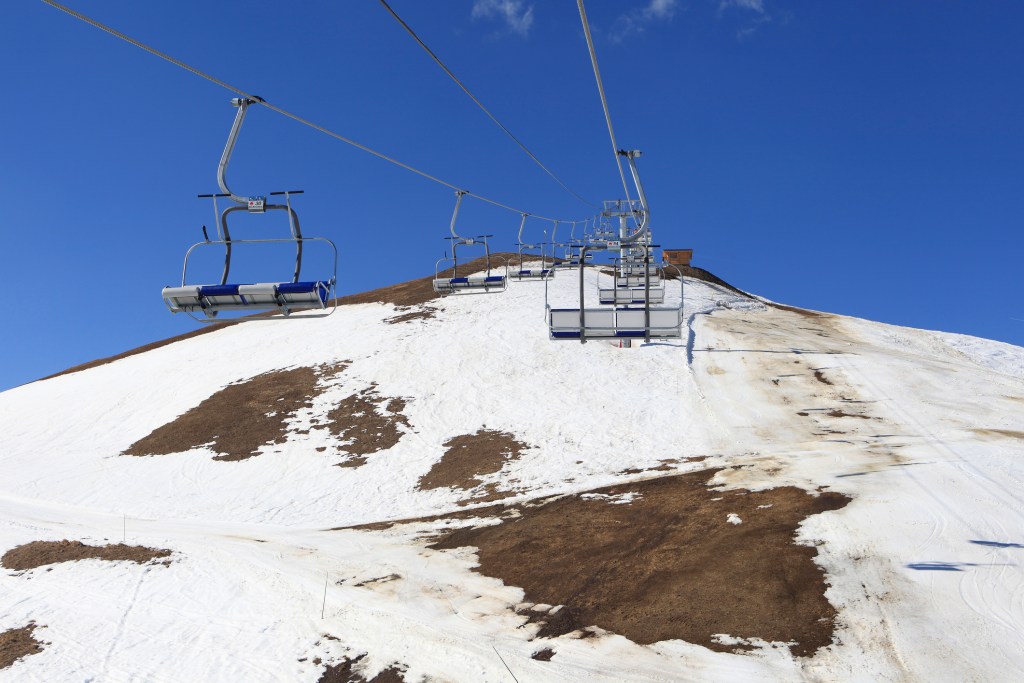
Southeast
Warming temperatures and longer freeze-free seasons are occurring in the southeast, in turn increasing flood risk, affecting ecosystems, and leading to invasive species expanding north. Warmer winters can also support the spread of new disease-carrying mosquitos and cause peach crop failure in states such as Georgia, according to Notaro.
Midwest
In addition to the previously mentioned increase in lake effect snow, winter warming will mean more flooding and affect fish spawning among trout. The warming will also allow invasive species and pests to proliferate, affecting agriculture, forestry, and land management.
Great Plains
The Southern Great Plains are experiencing shorter winters. The severe winter cold wave that devastated Texas in 2021 has been linked to a stretching of the polar vortex, a phenomenon that’s become more common over the past 40 years and could be related to human-caused climate change. In the Northern Great Plains, shorter snow seasons mean less income for the winter recreation industry, while less snowpack and glacier flow are affecting water management and availability. The dormancy period for winter crops throughout the Great Plains is also shortening increasing the potential for damages by spring freezes.
Southwest
Many mountainous areas are experiencing less snow and more rain, and earlier springs are also reducing snowpack, which could lead to water shortages that affect drinking supplies, irrigation, and electricity. Springtime warming and a shortened, earlier-ending snow season are expanding and intensifying the wildfire season in the Rockies as well, according to Notaro.
Northwest
This already damp region of the country will become wetter overall with places like Seattle getting even more rainfall in the future, says Ullrich. This will lead to depleted snowpack that increases the risk of drought and wildfires. The area’s abundant natural resources and winter recreation will also be adversely affected.
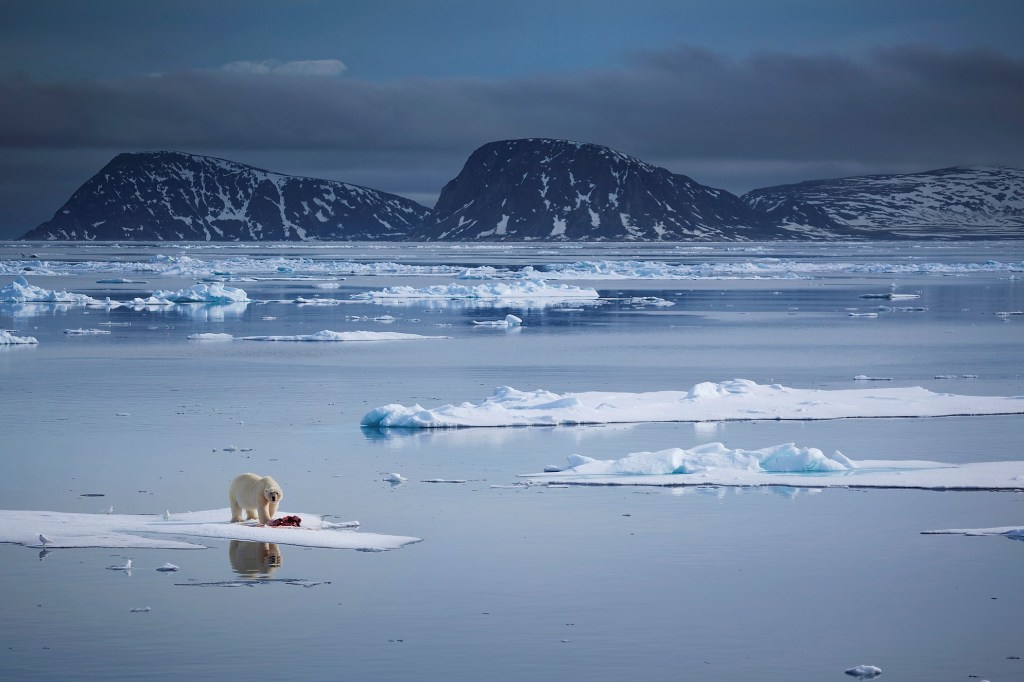
Alaska
Alaska is warming faster than any other state and is already being hard-hit by climate change. Loss of permafrost, warming waters, and retreating sea ice will continue to affect residents and wildlife habitats in many ways from infrastructure to tourism and recreation to loss of habitat.
A few good things, too
With all the drawbacks, there are some positives to shorter, warmer winters. In addition to longer growing seasons in some areas of the country, fewer extreme cold outbreaks will mean less loss of life, and less snow will reduce hazardous transportation and travel, says Notaro.
However, some positives come with caveats.
“It can mean a longer period for summer activities, less snow to shovel, and fewer extreme winter storms. But in regions like the U.S. West, where water availability is highly dependent on wintertime precipitation, that means there are greater challenges for managing water,” adds Ullrich.
And if you’re looking forward to lower heating bills, remember this: “If winters are shorter and less severe, there are potential energy savings from needing less fuel for heating. However, these are likely to be replaced by needing more air conditioning in summer,” says Miller.
BlissMark provides information regarding health, wellness, and beauty. The information within this article is not intended to be medical advice. Before starting any diet or exercise routine, consult your physician. If you don’t have a primary care physician, the United States Health & Human Services department has a free online tool that can help you locate a clinic in your area. We are not medical professionals, have not verified or vetted any programs, and in no way intend our content to be anything more than informative and inspiring.
